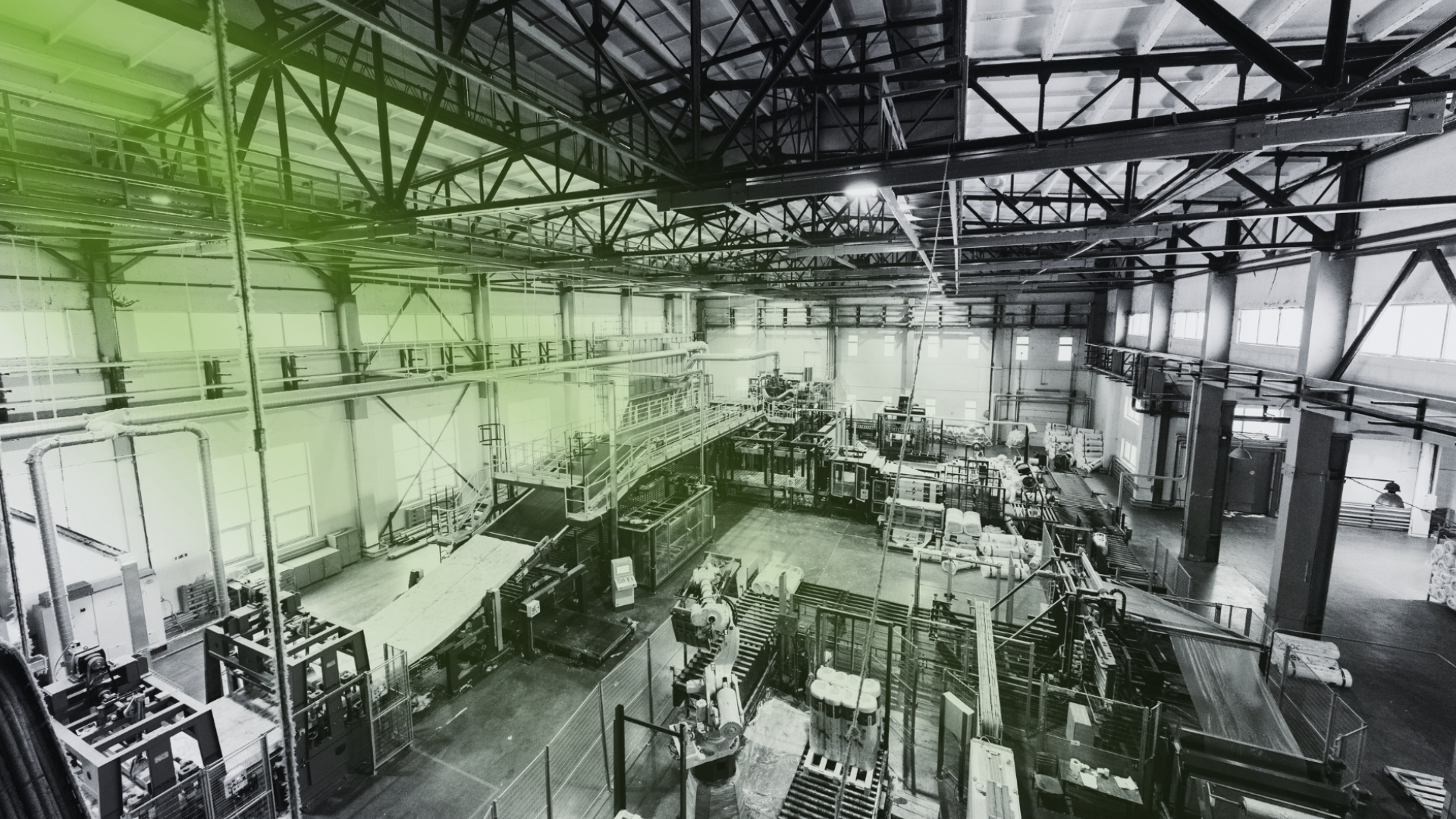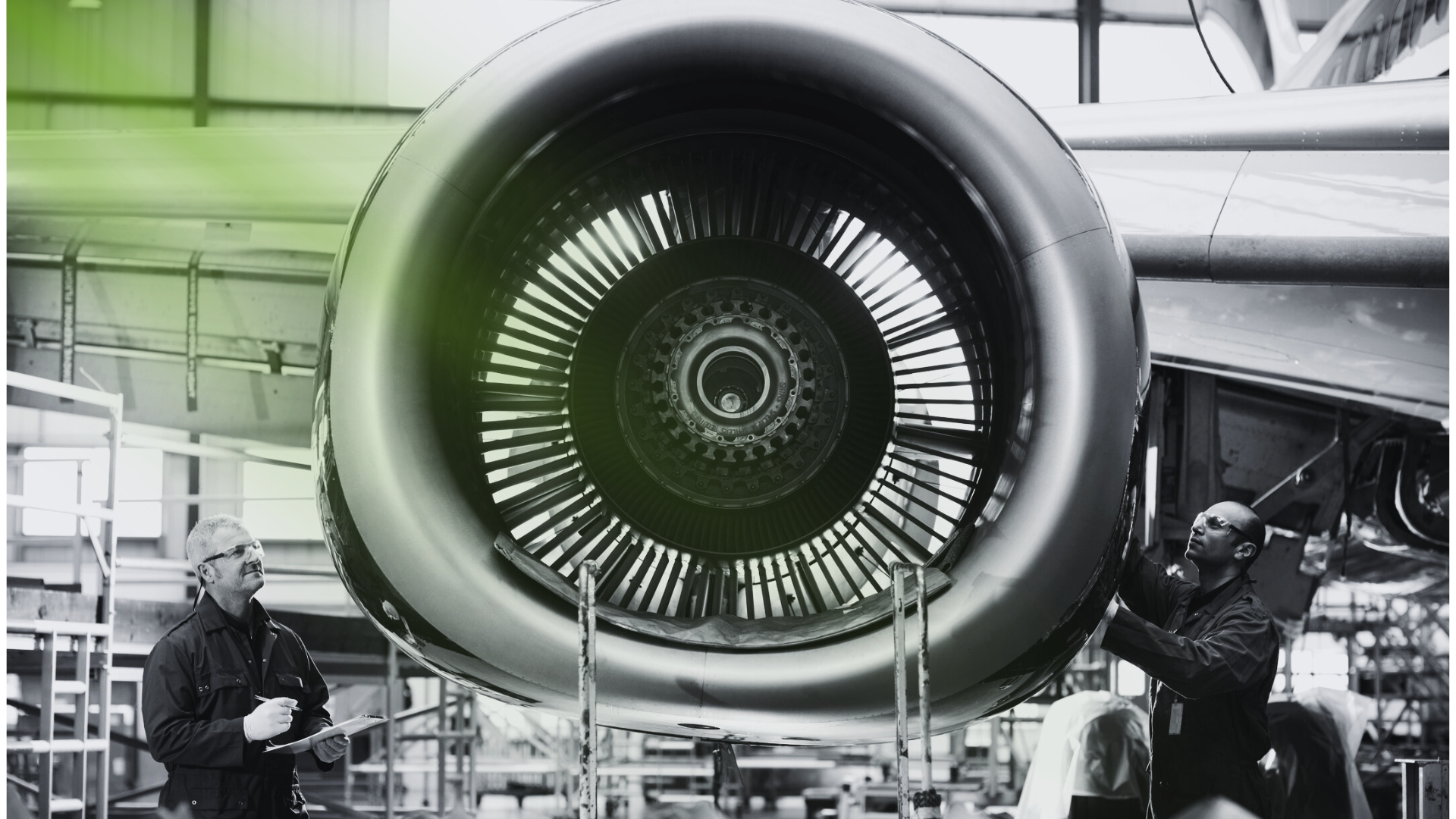The automotive and aerospace manufacturing sectors are undergoing a period of rapid transformation, driven by automation, digitalisation, and evolving labour dynamics. As technology continues to reshape production environments, businesses face a pressing challenge: ensuring their workforce is equipped to adapt. From critical skills shortages in robotics and PLC programming to the rise of hybrid engineering-IT roles and renewed union activity, workforce strategy is now central to operational success. In this article, we explore the key workforce trends impacting the sector and what mid- to senior-level professionals need to know to lead effectively through change.
Bridging the technical skills shortfall
The pace of innovation in robotics, data analytics, and PLC programming in automotive and aerospace manufacturing has outstripped available talent. Our Q2 analysis shows a 25% increase in demand for adaptable, multi‑disciplinary engineers, with supply growing just 10% year-on-year. This skills imbalance delays projects and compromises regulatory compliance.
How to respond:
- Develop internal reskilling programmes tailored to robotics and control systems.
- Leverage specialist recruiters who understand your sector's niche expertise needs and can fast-track mid‑senior candidates.
Human‑machine collaboration: The new frontier
Cobots and automation are no longer optional, they’re integral. But success hinges on personnel who can interpret machine‑generated data, calibrate algorithms, and make real‑time judgments.
Role examples gaining traction:
- Data‑empowered Maintenance Engineers
- Controls Engineers with embedded cybersecurity awareness
- Automation Leads experienced in cross‑platform integration (PLC + IoT + cloud)
Hybrid skillsets: Engineering meets IT
No longer can engineering teams operate in isolation. The rise of digital twins and Industry 4.0 demands cross‑functional expertise, blending:
- PLC & HMI systems
- IoT infrastructure
- Edge/cloud architectures
- Cyber‑secure OT environments
Recruitment insight: Look for candidates with demonstrable multi‑discipline credentials - not just fragmented, siloed experience.
Strategic workforce leadership: From shop floor to C‑Suite
C‑level and senior operations leaders are increasingly held accountable for aligning talent strategies with transformation goals. The split between “strategy” and “execution” must close.
Questions to benchmark your leadership readiness:
- Are hiring plans built around next-gen tech, not past capabilities?
- Is internal talent development prioritised over external hires?
- Do you have real‑time insights into competitor hiring and locational trends?
In Summary
- The skills gap for robotics, PLCs, and data is widening, fast.
- Human-machine fusion is driving new roles that demand blended IT-engineering acumen.
- Labour relations are evolving alongside automation and must be managed with strategic foresight.
- Senior leaders must entwine people strategy with tech investment to avoid costly disconnects.
In high‑complexity sectors like aerospace and automotive, the right talent empowers transformation. We help clients navigate this transition, connecting mission‑critical candidates with roles that shape the future of industry.
Ready to transform your workforce?
Contact our Associate Director Robert Wigley to discover how our specialist recruitment teams deliver mid‑to‑senior technical talent who understand both the factory floor and the digital strategy that powers it.
E: Robert.wigley@technical-network.co.uk P: 0121 450 5000


